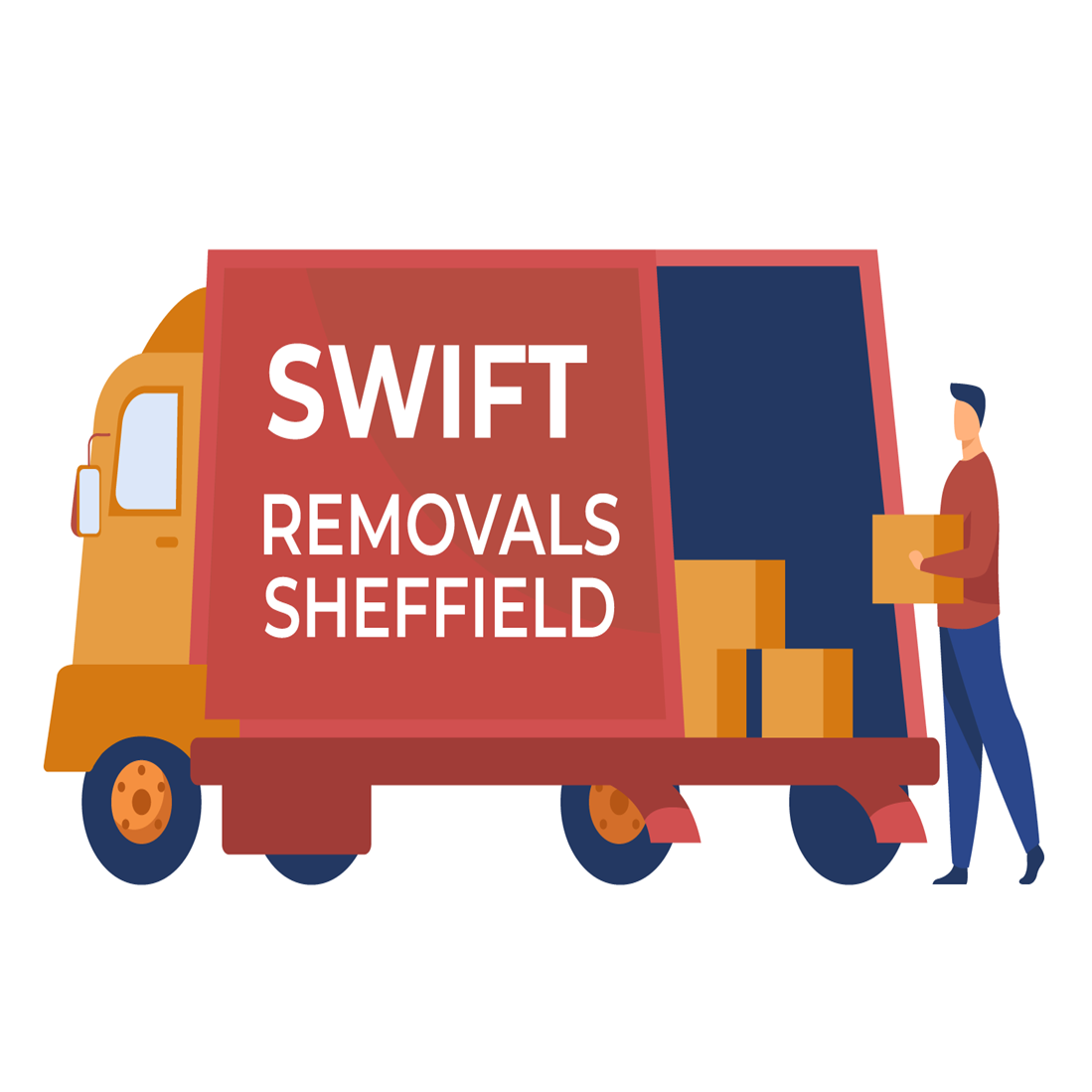There’s a lot to think about when moving and sometimes you have to make quick decisions about what you can take and what to leave behind. One of the most important decisions you’ll make is what to do with your furniture and how to pack it. The last thing you want to do is end up with a broken table or some other item. We provide a step-by-step guide on how to wrap your items safely, so they don’t break while in transit.
You may need to move house sometime in your life. It is a stressful and time-consuming experience, but there are plenty of tools that can help you along. One of these tools is wrapping. You can use wrapping to secure furniture and household items when you are moving. However, depending on the size and type of the item, you can use different kinds of wrapping. Let’s look at different ways in which you can wrap your furniture and household items for moving.
Packing up your household belongings for moving involves packing fragile objects securely and carefully to prevent any damage. If you are moving to a new home, you will have to do some packing of your furniture and other household items before your move. There are some items that you cannot move without wrapping them first. How can you wrap furniture and other household items safely without damaging them? Here are some tips on how to wrap furniture and other household items like a pro.
Q: How do people safely wrap large and expensive furniture and household items for moving?
A: There are a number of different ways to wrap furniture and household items. You can use either shrink wrap, stretch wrap, or a combination of both. You can also use boxes or crates, but these are not a substitute for proper shrink or stretch wrapping. If you are wrapping a piece of furniture, such as a dresser, you can use corrugated cardboard. If you are wrapping a large item, such as a mirror, you can use plywood and rope. Buy a large piece of plywood and cut it to the size that you need to fit around the mirror. Use nails or screws to fasten the plywood to the back of the mirror. You can also attach Velcro to the bottom of the plywood and to the wall in the new location. Using a dolly, slide the mirror onto the plywood and then wrap the plywood completely with duct tape. Using rope, wrap the rope around the entire mirror, being careful not to wrap it too tightly. Use duct tape to secure the ropes. If you are not sure how to do it, ask someone at the store where you are purchasing the mirror to help you.
Q: What kinds of furniture and household items are the most difficult to move?
A: The most difficult things in moving are the granite/marble countertops, as it is heavy and expensive to replace, and it also damages the flooring. Carpeted floors, chandeliers and ceiling fans are also difficult to move. You can have at least three dents in the floor or ceiling if you accidentally drop one of them! A mattress is also difficult to move. When you buy a new mattress, the biggest fear is that you may have a hard time getting it into your house. It is a heavy piece of furniture and you may need to get help from your friends or hire some professional movers for this purpose.
Q: What are the most common household items and small/large furniture that need to be moved?
A: There are many of furniture that need to be moved. While moving some furniture, you can think about how to move small/large, fragile, and heavy items. Anyone moving from a two-bedroom apartment to a two-bedroom apartment can count on having to move a lot of heavy furniture. However, if you’re moving from a large house to a larger house, or from a small apartment to a smaller apartment, you might not have to move much at all. According to movingcost.org, the average person moves about nine times in his or her lifetime, so there’s a good chance you’re going to have to move again someday. Furniture is meant to be moved which is why moving companies are popular. There are other household items that need to be moved that the average person does not realise. If a person is moving, there is a good chance that they are moving from a house to an apartment. They will be moving from a large space to a smaller space. The furniture that needs to be moved will be different as a result. To begin with, there is a need to get rid of all the furniture that is in the apartment. The furniture will need to be placed outside of the apartment and left in the hallway or in the parking lot until the movers arrive and they can put it in their truck. This will allow the movers to have space to put all of the furniture that is being moved. Furniture that is being brought into the apartment will need to be placed in the spot where it will be used. In some cases, there will need to be furniture delivered to the new apartment. This is common when there are a couple of pieces of furniture that were purchased but not delivered. This is something that should be addressed sooner when the person is moving as opposed to later.
Final thoughts… The moving process always brings about a lot of anxiety, but there are many things you can do to prevent some of the stress and improve the overall moving experience. Try to hire an expert mover to help you out with the task. Professional movers will transport your belongings in a safe way so that you don’t have to worry about your items and valuables being damaged.
Yes, wrapping an item in bubble wrap is a good way to protect it. The important thing is to make sure that the item stays as secure in bubble wrap as it did in the box it came in. It may be wise to tape all unopened sides of the bubble wrap with packaging tape to make sure that it doesn’t unravel. Another option is to use a packing tape dispenser to seal the bubble wrap, the same way the manufacturer would. This is the best way to protect your valuables during the moving process.
There are many ways to protect your valuables and home belongings before your big move… There is plenty of information out there like this article which will guide you in the right direction. If in doubt, seek advice from experts like us or hire a moving company to do the packing for you!

